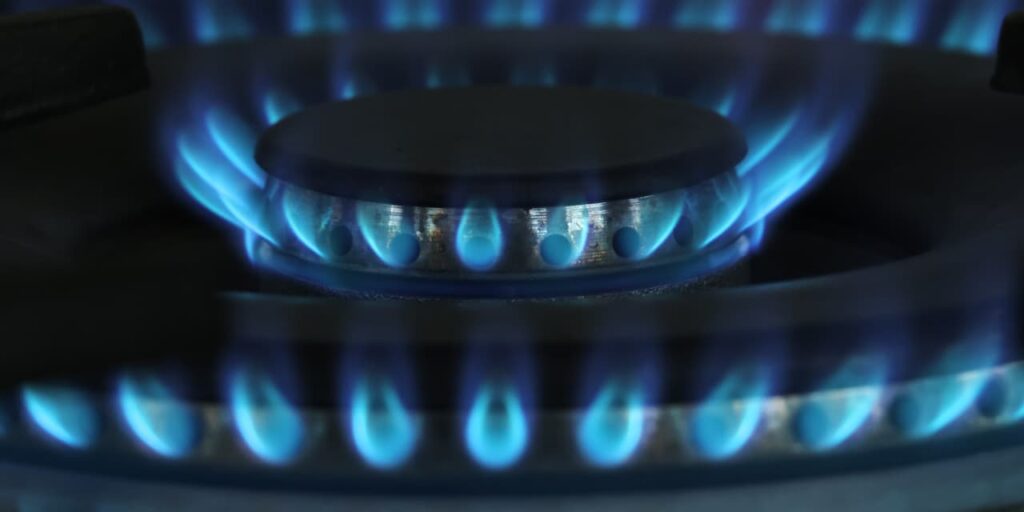Natural-gas futures jumped sharply Wednesday morning, bouncing after ending the previous session at the lowest in more than 3 1/2 years after Chesapeake Energy, a major shale producer, cut its production outlook.
Meanwhile, oil futures lost ground, on track for back-to-back losses, as investors monitored developments in the Middle East and weighed the outlook for global crude demand.
Price moves
-
West Texas Intermediate crude for April delivery
CL00,
-0.23% CL.1,
-0.23% CLJ24,
-0.23%
fell 38 cents, or 0.5%, to $76.66 a barrel on the New York Mercantile Exchange. -
April Brent crude
BRN00,
-0.22% BRNJ24,
-0.22% ,
the global benchmark, dropped 45 cents, or 0.5%, to $81.89 a barrel on ICE Futures Europe. -
Back on Nymex, March gasoline
RBH24,
+0.65%
was up 0.1% at $2.278 a gallon, while March heating oil
HOH24,
+0.05%
fell 0.4% to $2.721 a gallon. -
March natural gas
NGH24,
+10.85%
jumped 8.5% to $1.71 per million British thermal units, bouncing after ending Tuesday at the lowest settlement for a front-month contract since June 26, 2020.
Market drivers
In its fourth-quarter earnings report, Chesapeake
CHK,
said its capital plan would support production this year in the range of 2.65 billion to 2.75 billion cubic feet a day, or bcf/d. Chesapeake produced the equivalent of 3.43 bcf/d in fiscal 2023, 98% of which was natural gas.
Chesapeake’s plans helped spark a bounce for natural-gas futures, according to a note from Warren Patterson and Ewa Manthey, strategists at ING.
Natural gas prices remain down 18% in February alone and have dropped more than 26% so far this year. Natural gas has suffered “on the back of burgeoning domestic natural gas production, above-average storage levels and a warmer-than-normal weather forecast through to the end of February,” Lu Ming Pang, senior analyst at Rystad Energy, said in a note.
See: Natural-gas prices at lowest since 2020 on mild weather, ample supply ‘double whammy’
Analysts said continued attacks on shipping in the Red Sea and Bab al-Mandab strait by Yemen’s Iran-backed Houthi militants remained a concern. Traders were also tracking efforts toward a ceasefire in the Israel-Hamas war.
The U.S. on Tuesday vetoed a U.N. resolution backed by Arab states that demanded an immediate humanitarian cease-fire in the Gaza Strip.
The United States vetoed an Arab-backed U.N. resolution Tuesday demanding an immediate humanitarian cease-fire in the Israel-Hamas war in the embattled Gaza Strip. The Biden administration had said it would veto the resolution because of concerns it would interfere with efforts to arrange a deal between the warring parties aimed at bringing at least a six-week halt to hostilities and releasing all hostages.
Oil prices traded near the top of a three-week range last week on rising geopolitical worries, but gains were capped after the International Energy Agency left its outlook for demand growth in 2024 unchanged, said Peter Cardillo, chief market economist at Spartan Capital.
“Barring any major geopolitical uprise in the war between Israel and Gaza, we remain neutral on oil prices that we see remaining stuck between the $72 – $78 range,” he said.
Read the full article here

